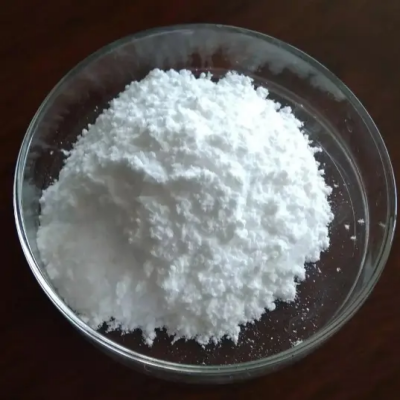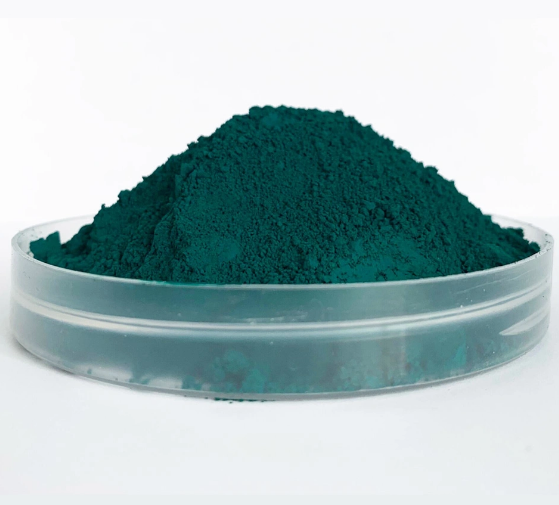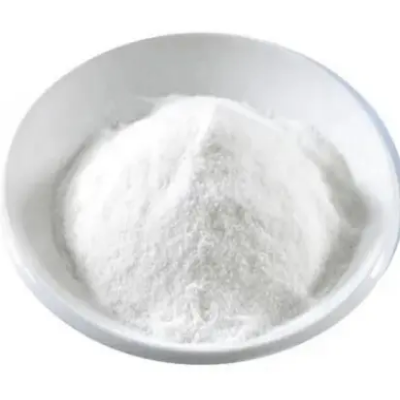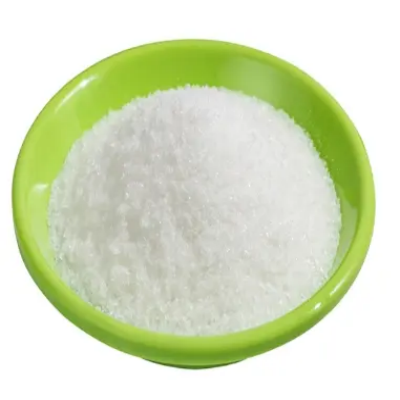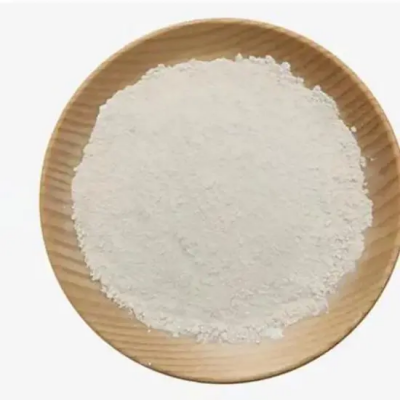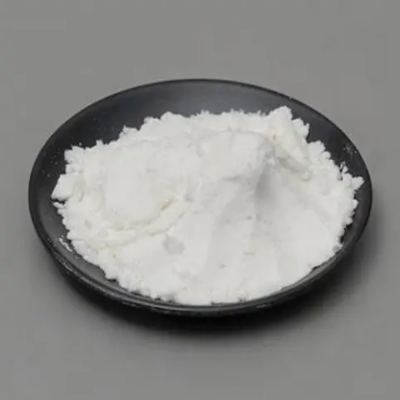Triclocarban CAS:101-20-2
Triclocarban serves several purposes across various applications: Antibacterial Soap: Triclocarban is widely used in antibacterial soaps and cleansing products for its effectiveness against bacteria. It helps in reducing microbial growth on the skin, providing enhanced cleanliness and protection against infections. Personal Care Products: In addition to soaps, Triclocarban is included in various personal care items like body washes, shampoos, and hand sanitizers. Its antimicrobial properties contribute to maintaining hygiene and preventing the spread of bacteria. Medical Settings: Triclocarban is utilized in medical settings for hand hygiene protocols and surgical preparations. It is incorporated into healthcare products to reduce the risk of cross-contamination and nosocomial infections in hospitals and clinics. Textiles: Triclocarban-treated textiles are used in clothing, towels, and other fabric-based products to impart antimicrobial properties. This helps in preventing odor-causing bacteria and maintaining freshness in textile items, especially in sportswear and active wear. Plastics and Polymers: Triclocarban is added to plastics and polymers during manufacturing to create antimicrobial surfaces. These materials are used in products such as cutting boards, kitchen utensils, and medical equipment, where bacterial contamination needs to be minimized. Water Treatment: Triclocarban is employed in water treatment processes to inhibit bacterial growth in water storage tanks and distribution systems. It helps in maintaining water quality and reducing the risk of waterborne diseases. Veterinary Applications: Triclocarban is utilized in veterinary medicine for animal hygiene products such as shampoos, disinfectants, and wound care formulations. It aids in preventing bacterial infections in pets and livestock. Environmental Contaminant: Due to its widespread use in consumer products, Triclocarban has been detected in environmental samples such as water bodies and sediments. Its presence in the environment has raised concerns regarding potential ecological impacts and persistence. Research and Development: Ongoing research focuses on the development of alternative antimicrobial agents with improved efficacy and safety profiles compared to Triclocarban. Efforts are directed towards understanding its environmental fate and exploring sustainable alternatives for antimicrobial applications. In summary, Triclocarban plays a significant role in personal hygiene, healthcare, and various industrial sectors as an antimicrobial agent, although ongoing research aims to address concerns related to its environmental impact and safety.






| Composition | C13H9Cl3N2O |
| Assay | 99% |
| Appearance | white powder |
| CAS No. | 101-20-2 |
| Packing | Small and bulk |
| Shelf Life | 2 years |
| Storage | Store in cool and dry area |
| Certification | ISO. |


